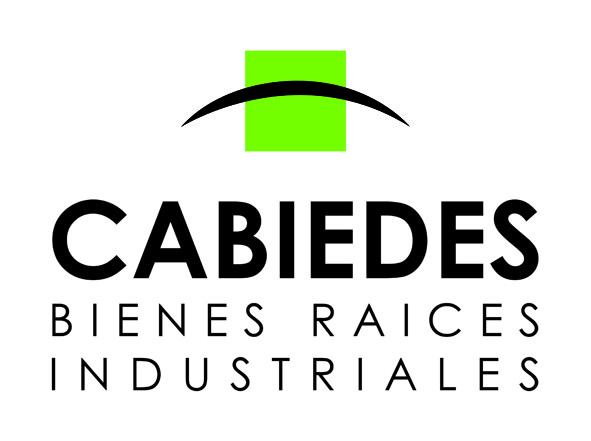Effective CIP Accounting for Modern Construction Projects

Companies can monitor spending and budgets using CIP accounts and adequately report their financial health. Using these accounts allows companies to separate project costs from everyday business expenses, minimizing mixups and making financial statements accurate and reliable. The purpose of CIP accounting is to provide transparency into the financial performance of ongoing construction projects. Accurate billing and revenue recognition play a vital role in the financial management of construction projects.
- Digital Twins – Virtual models of construction sites updated in real-time facilitate remote monitoring, simulations, and predictive analytics regarding costs and scheduling.
- This includes employing robust financial management systems, ensuring accurate cost-tracking mechanisms, and maintaining transparency through regular and accurate financial reporting.
- Completed contracts are better for short-term projects below 12 months while lengthier undertakings justify progressive monitoring from the POC method.
- Effective construction cost tracking is a crucial aspect of construction in progress (CIP) accounting, which is essential for accurate debit and credit management.
- CIP is recorded as an asset on the balance sheet, reflecting the investment in ongoing projects.
Choosing The Optimal Construction Accounting Method
- Construction in progress accounting is one of the essential categories for construction firms to track.
- Such mechanisms accurately link overhead spends for reflection in financial statements.
- That’s why most companies often hire a CFO to manage their accounts and ensure their finances are clean and error-free.
- Generally, you must keep your records that support an item of income or deductions on a tax return until the period of limitations for that return runs out.
- Perhaps one of the most important is the balance sheet that indicates a company’s net worth.
- When they do occur, the priority should be on transparent reporting to avoid negative audit or investor scrutiny.
Construction-in-process accounting involves capturing and accumulating all costs related to building or developing fixed assets during the construction period. Tracking CIP provides deep visibility into project performance, ensures accurate financial reporting, and facilitates operational decisions. It involves capturing all expenditures related to materials, labor, equipment, contractors, and other elements required for constructing the asset. Construction in progress accounting plays a crucial role in tracking and managing construction costs throughout the entire construction project lifecycle.
The Role of CIP in Company Balance Sheets
Tools like Procore, Sage 300 Construction and Real Estate, and Viewpoint Vista offer robust features tailored to the unique needs of construction projects. These platforms provide real-time data, enabling project managers to monitor expenditures closely and make timely adjustments as needed. Another important concept in CIP accounting is the capitalization of costs.

Complexities of Large-scale Projects:
These tools offer features like Gantt charts, resource leveling, and critical path analysis, which help in optimizing resource distribution across various projects. By assigning specific codes to various cost categories, such as labor, materials, and subcontractor fees, companies can achieve a granular level of tracking. This system not only facilitates more accurate reporting but also aids in identifying cost overruns and inefficiencies early in the project lifecycle. For instance, if labor costs are consistently exceeding budgeted amounts, cip accounting project managers can investigate and address the issue before it escalates. To minimize discrepancies and keep records clean, construction companies usually opt for double-entry accounting, in which entries are added twice to a ledger to record a single transaction. It is the approved bookkeeping method in the construction industry, viewing the complexities involved.
- Despite best efforts, construction projects frequently encounter events that complicate CIP accounting.
- By providing precise and reliable financial data, accurate financial reports facilitate effective construction financial management and contribute to the overall success of construction projects.
- Mixing CIP projects with others create a hazy picture of business finances as it indicates that a company is generating expenses that are producing zero profits.
- Pros – Reflects income and asset valuation accurately per completion level.
- The international financial reporting standards dictate the recording of percentage completion in financial statements.
Prudent change order accounting prevents premature or inconsistent revenue recognition. Getting these cost allocation principles right thus https://www.bookstime.com/articles/notes-payable sets up robust foundations for accurate financial picture depictions. Such mechanisms accurately link overhead spends for reflection in financial statements. High risks from contract disputes, design delays, etc lean towards a completed approach.


The very nature of construction projects spans over longer time horizons and involves significant upfront investments before revenue generation can begin. This creates unique challenges for financial planning, cost control, performance reporting, and informed decision-making. Revenue and costs related to unfinished goods are accrued based on the percentage of completion estimates.

Tracking and Managing CIP Expenses
Proper asset recognition is crucial for determining asset depreciation and financial reporting accuracy. Construction in progress accounting, also known as CIP accounting, monitors, and records costs, revenues, and expenses of construction projects from their start until completion. When construction companies and contractors maintain detailed accounting records, they can accurately reflect the financial status of a project.
Its costs are not expensed on the income statement until the related goods are completed. The opening WIP balance is added to the costs incurred during the https://x.com/BooksTimeInc period to determine the total WIP costs. This matches expenses to revenues when WIP is finished in line with accrual accounting principles. In this article, we will provide an overview of the basics of construction in progress accounting and its importance in effective construction financial management.


Únete a la discusión